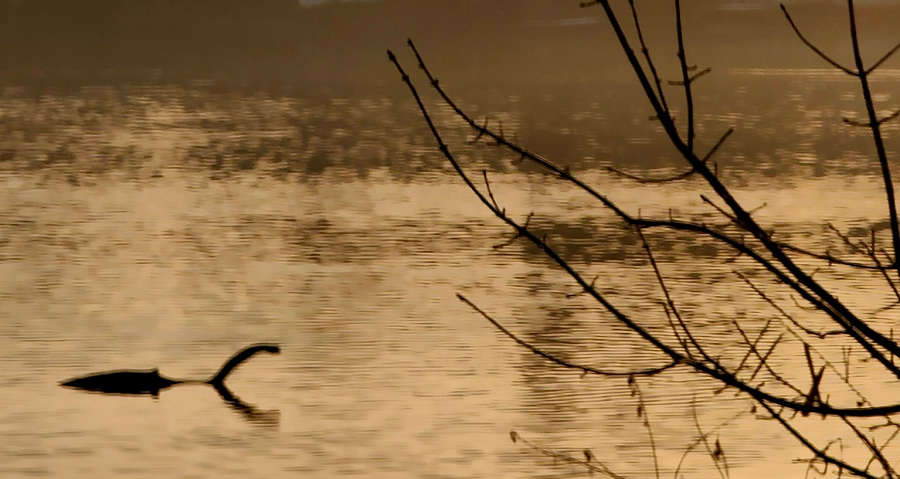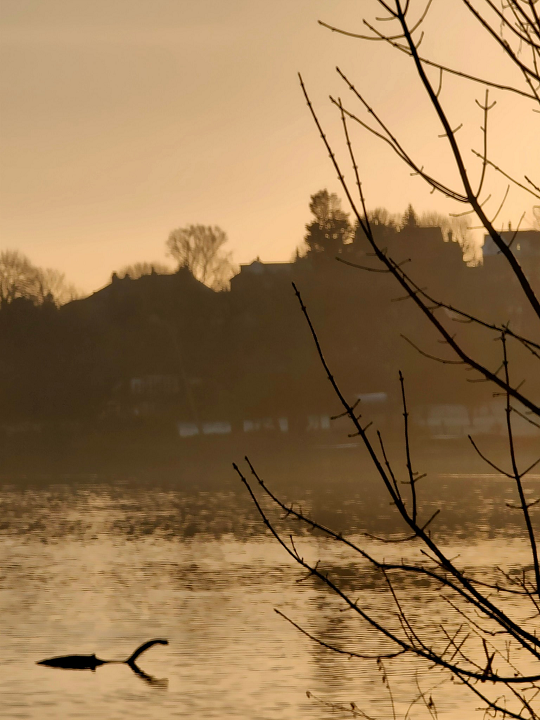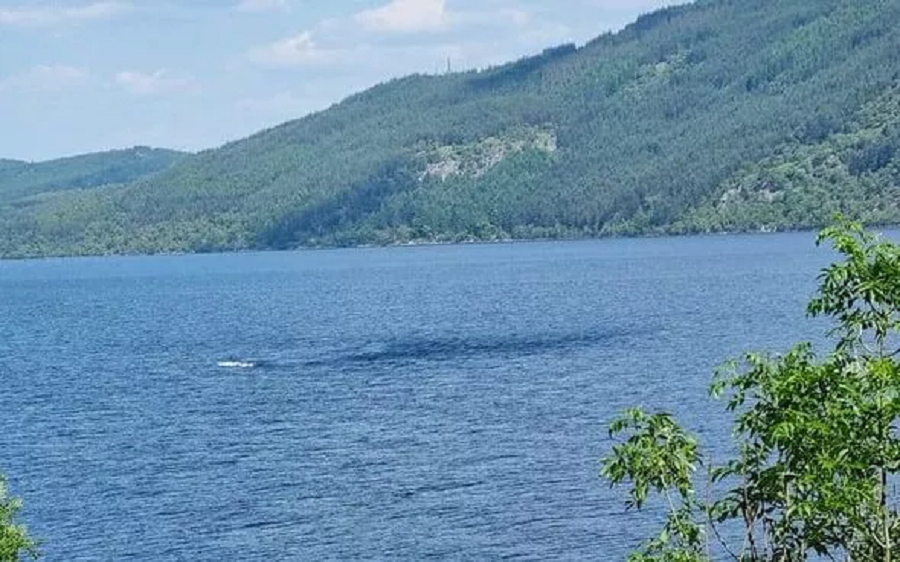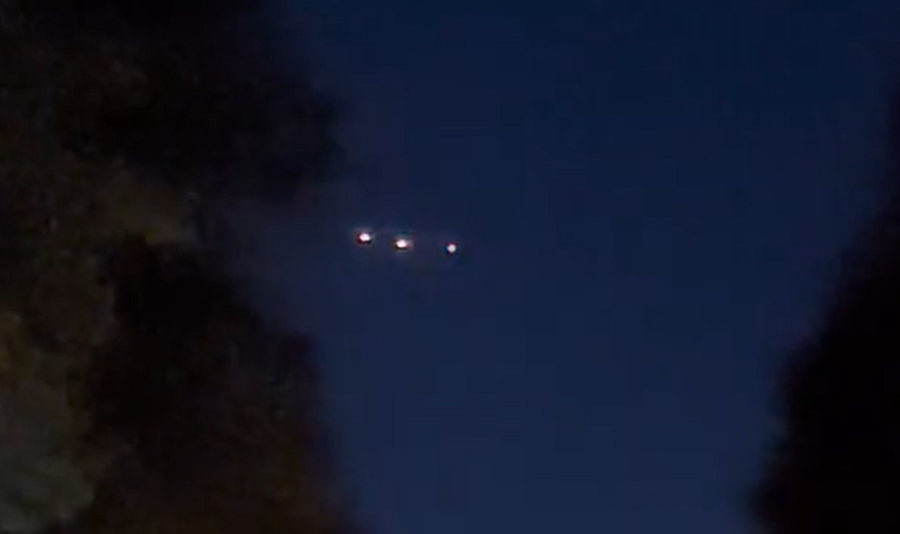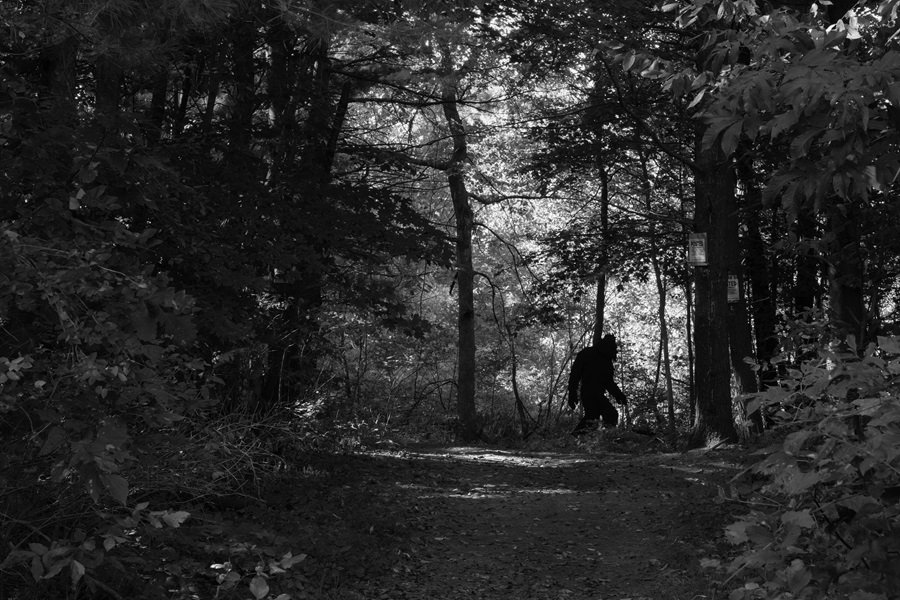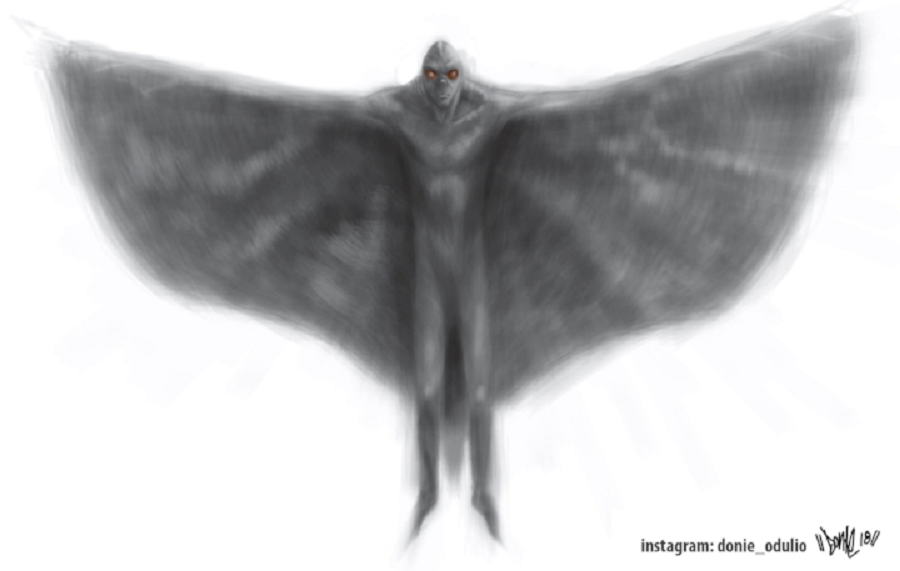"Loch Ness Monster" in London's Wimbledon Park Lake was Simply a Submerged Tree
A cropped image of that taken by Cytros. (Arek Cytros / Facebook)
Warning: This article features explicit language.
A photograph posted to the Facebook group Shit London by Arek Chytros last month had some making comparisons to Scotland’s Loch Ness Monster, referred to affectionately as Nessie, prior to the revelation that the object pictured was simply a submerged tree.
On January 20th, Chytros, a construction manager by trade, was walking near Wimbledon Park Lake in the Wimbledon district of southwest London, when he noticed a suspicious object in the water. He snapped a photo of it and shared it to Facebook with the caption, “Nessie in Wimbledon Park Lake.”
Wimbledon Park is an approximately 67-acre park that is home to a variety of wildlife, including European eels, but does not inspire many lake monster sightings.
The full image posted by Cytros. "You never know what’s hiding in the unknown," said Cytros of his belief in an actual Loch Ness Monster. "If a real Nessie exists, then it’s gotta be some dinosaur that refused to go extinct. I’d like to think that it does exist." (Arek Cytros / Facebook)
The Facebook group to which Cytros shared the photo, Shit London, is, according to its description, a page for people to share “photographs of the unintentional human comedy that surrounds us in the city. It’s the flotsam and jetsam of city life, the overlooked minutiae, the tragic, the grotesque, and the basest of base. It’s the adapted posters, the dirty joke on the back of a van, the misspelled signs, the glory hole in the public loo, that weird shop down the end of your road, and the knob graffiti strategically placed for maximum effect.”
Perhaps not surprisingly, then, the photograph turned out to be a hoax.
In an interview with Metro, Cytros admitted that the object was a submerged tree, saying, “As soon as I spotted it, I thought of Nessie, hence I snapped a picture.”
That comparison likely came from the shape of the object, which forms a simulacrum of what many people think of when they think of Nessie; a long neck and small head sticking up out of the water.
Cytros’ photo resembles the infamous “surgeon’s photograph” from 1934, which has itself been widely dismissed as a hoax since the ‘90s, when the book Nessie—the Surgeon's Photograph Exposed was published; a work that claimed the photo was created by a spurned journalist seeking revenge against the Daily Mail, using a toy submarine with the neck and head of a plesiosaur shaped from wood putty.
The infamous “surgeon’s photograph.”
Tellingly, the most striking similarities between the two photos are also reasons why they’re so unlikely to be genuine.
The long “neck” and small “head” seen poking out of the water are not accurate to the current scientific understanding of plesiosaurs, the long-thought-to-be-extinct animal that some believe to be behind sightings of Nessie.
Plesiosaurs, aquatic reptiles who first appeared in the fossil record around 200 million years ago and are thought to have died off 66 million years ago (the same time as the dinosaurs), were traditionally a popular explanation for the monster said to inhabit Scotland’s Loch Ness; an explanation first introduced in the 1930s and later popularized by naturalist Sir Peter Scott and zoologist Denys Tucker.
However, following the release of a research project published to the Journal of Vertebrate Paleontology in June of 2021, scientist Paul Scofield, Senior Curator of Natural History at Canterbury Museum and adjunct Professor in Geology at Canterbury University, went on the record to explain why he doesn’t believe that the Loch Ness Monster could be a plesiosaur.
The research project in which he participated used medical CT imaging to scan plesiosaur fossils collected in New Zealand back in 1872, and found that plesiosaurs were actually very unlikely to ever lift their heads above the water.
"The labyrinth of the ear works best when the tiny bones within are able to hang unaffected by gravity," Scofield told the Mirror. "For this reason, the position of the inner ear within the skull of an animal reveals a lot about how an animal habitually holds its head. We have examined the inner ear of elasmosaurs (a type of plesiosaur) and determined that their resting position was with the head horizontal to the body or even well below the body. This implies that they probably did not frequently hold their heads up high."
Scofield went on to say, "The 'traditional' posture shown in many a popular article on Nessie—like a sock puppet—is not something elasmosaurs were in the habit of adopting. The idea of it lifting its head up like a sock puppet is extremely unlikely."
It is much more likely, according to Scofield, that plesiosaurs used their long necks to dredge the seafloor.
"They have these enormous teeth arranged in rows like a grappling iron," he explained. "It has been hypothesized that they floated on the surface and dredged the seafloor blowing the dirt out through their teeth and leaving just the clams. Thus their feeding method dictates the neck length—it's just like the giraffe but in reverse."
Plesiosaurs have increasingly fallen out of favor as an explanation for Nessie in recent years, following a 2019 study conducted by Neil Gemmell, a New Zealand scientist and professor at the University of Otago.
Gemmell's study involved gathering water samples from multiple locations and at different depths of the loch to scan for bits of animal DNA, and then working to identify it. The samples were sent to labs in New Zealand, Australia, Denmark, and France which used large sequence databases to compare the DNA found in Loch Ness with the majority of known living things. This was done to help distinguish and identify any potentially unknown genetic material.
The results revealed no evidence of any large animals such as sturgeon, catfish, sharks, or surviving prehistoric plesiosaurs, but they did show an abundance of eel DNA.
Many now point to giant eels as a possible explanation for the monster, although, as of yet, no definitive proof of their existence in the loch has been found.
To report your own encounter with the impossible, reach out to us directly at the Singular Fortean Society through our contact page.
If you enjoyed this article and would like to support the Singular Fortean Society, please consider becoming an official member by signing up through our Patreon page—membership includes a ton of extra content and behind-the-scenes access to the Society’s inner workings.

